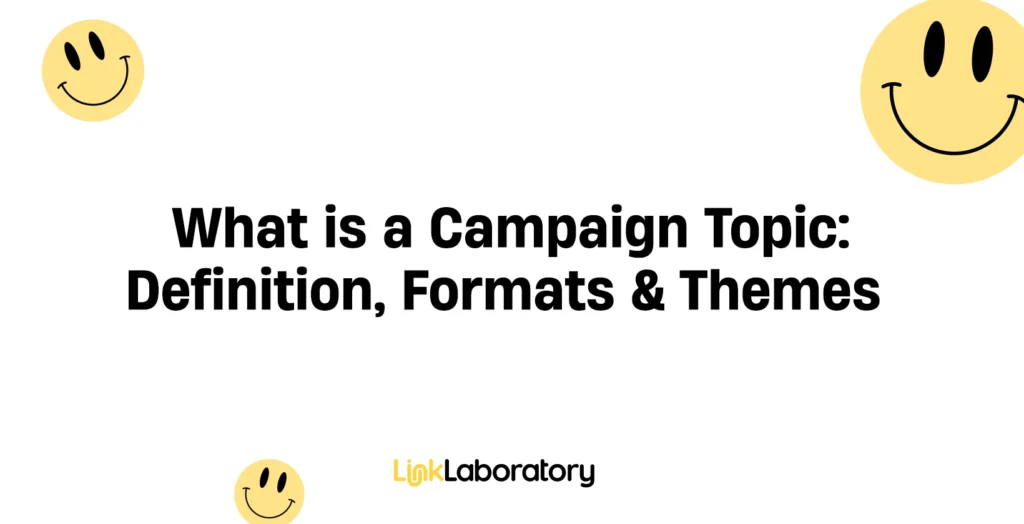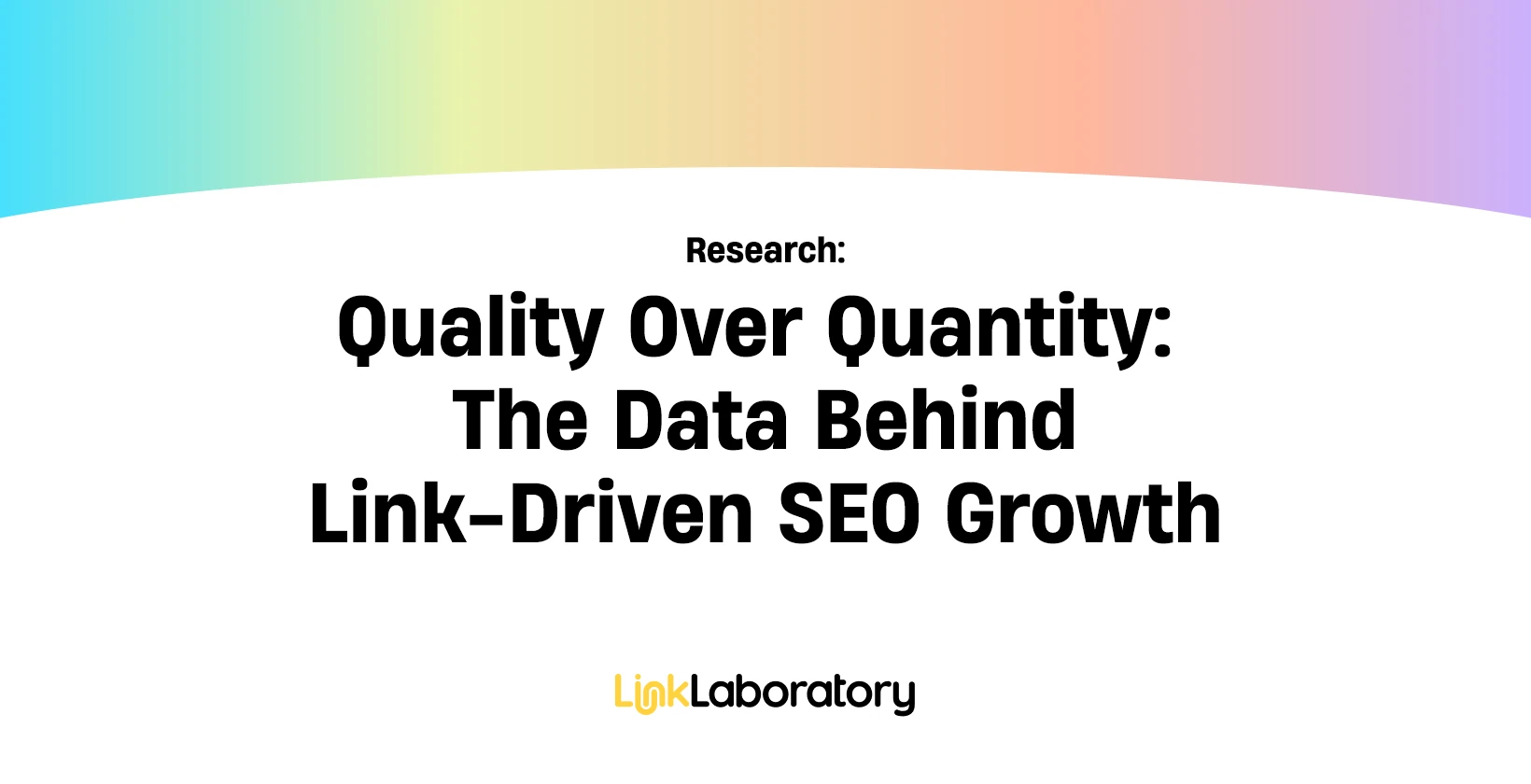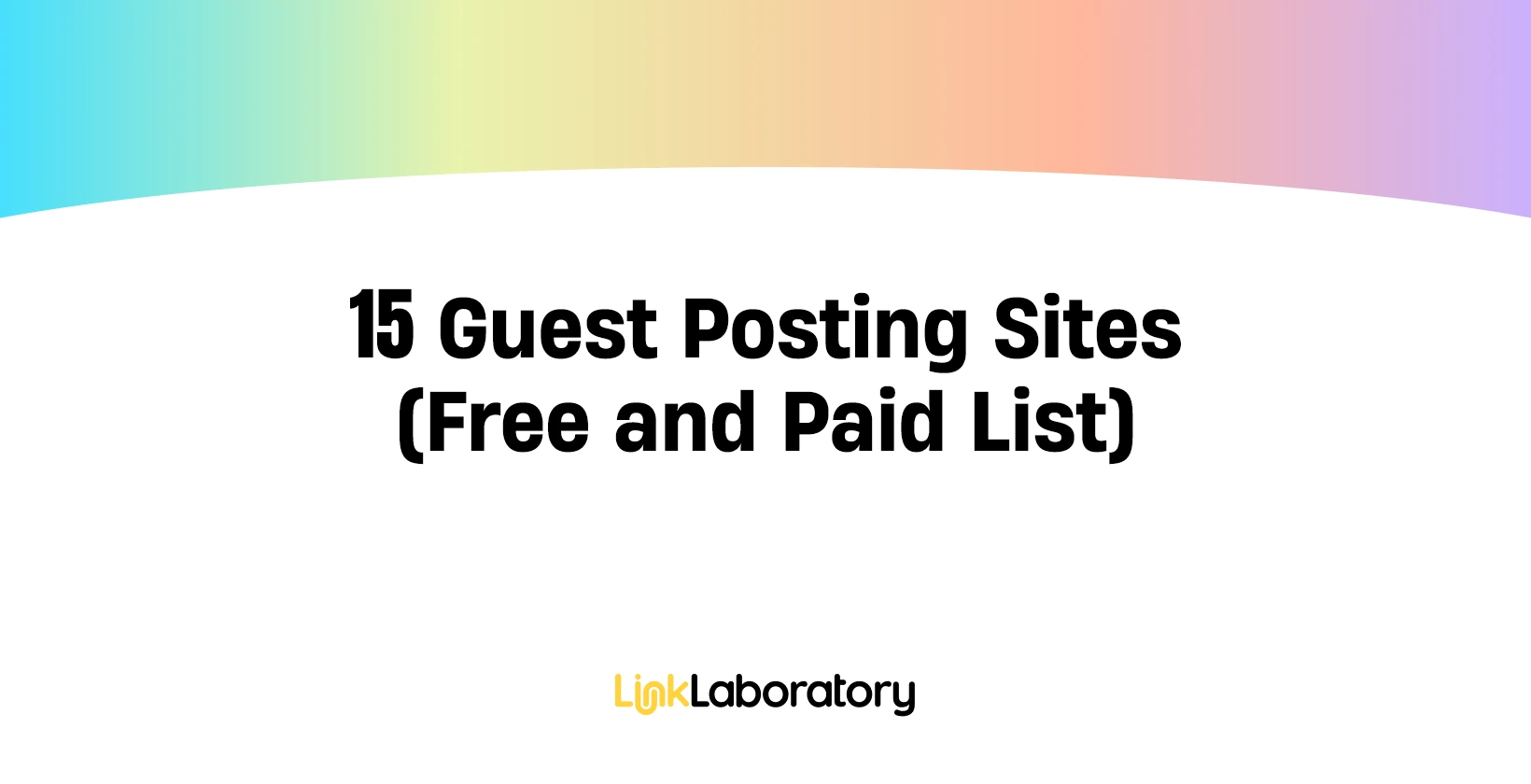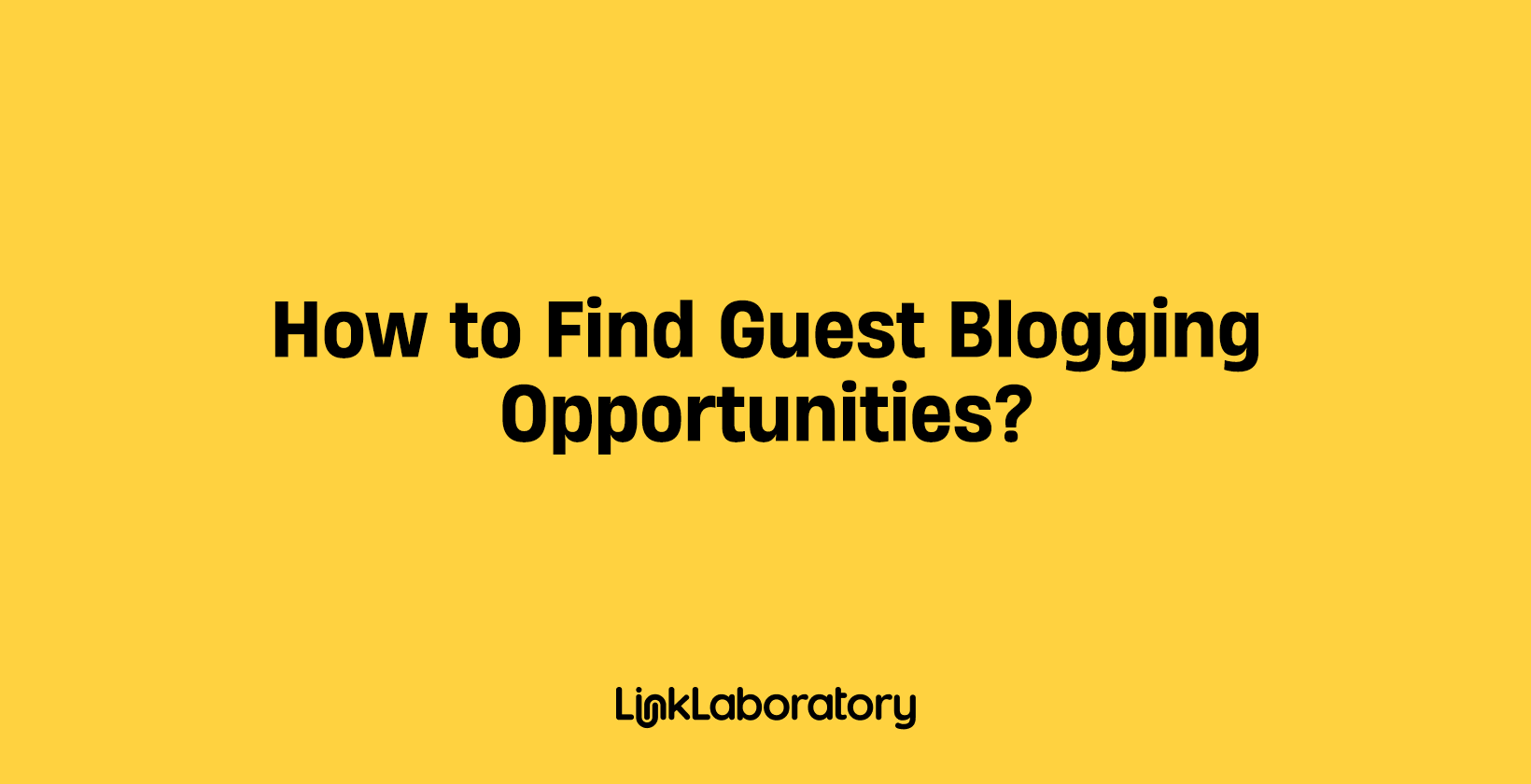A campaign topic is the central idea that shapes every message, visual, and interaction within a marketing or promotional effort. The topic provides a single narrative thread that unifies all activities, ensuring consistency in communication and reinforcing the campaign’s purpose. Topics define the campaign’s identity, influence the creative direction, and set the tone for how messages are framed and delivered. Beyond acting as a unifying narrative, campaign topics determine the emotional and intellectual connection forged with the target audience.
The strength of a campaign topic lies in its ability to focus attention on a single, clear idea while allowing for multiple expressions across channels and formats. Seasonal campaigns harness cultural moments to drive urgency, product launches position new offerings in competitive markets, and cause-driven themes inspire action through shared values. Event-based topics amplify engagement around a specific occasion, while thematic approaches invite deeper exploration of concepts like innovation, sustainability, or well-being.
Selecting the right campaign topic requires precision, understanding audience psychology, aligning with the brand’s purpose, and anchoring choices in measurable objectives. The most effective campaign topics emerge from disciplined research, creative ideation, rigorous evaluation, and targeted testing. This article examines the nature of campaign topics, and effective campaign formats. This article discusses frameworks for selecting campaign themes that unify marketing efforts, sharpen brand messaging, and produce tangible results.
What is a Campaign Topic?
A campaign topic is the conceptual anchor that defines the direction, scope, and creative integrity of a marketing or promotional initiative. Campaign topics are fully developed themes that determine how the brand’s story will unfold across every channel and touchpoint. The topic establishes the boundaries of the campaign’s narrative, ensuring that each activity, from digital advertising to in-person events, contributes to a single, coherent storyline.
By doing so, campaign topics streamline decision-making, as every idea and asset is measured against the central theme for relevance and impact. The campaign topic serves multiple functions, like aligning internal teams under a shared vision, and organizing resources around a common creative direction. A campaign topic frames the messaging in a way that resonates with a defined audience segment.
In strategic planning, the topic filters out ideas that dilute the narrative and mapping out the thematic progression of communications over time. Campaign topics translate brand objectives into a communicable concept that adapts to various formats, from seasonal campaigns and product launches to cause-led initiatives and thematic explorations. In execution, campaign topics guide the cadence of messaging, the emotional tone, and the balance between informative and persuasive content.
A well-structured campaign topic functions as the intellectual and creative core that transforms fragmented marketing activities into a unified, high-impact brand experience.
What is a Campaign Idea?
A campaign idea is the unifying concept that shapes the creative and strategic execution of a marketing or promotional effort. Campaign ideas distill the campaign’s strategy into a single, audience-ready message that drives every visual, narrative, and interactive element. The idea is the creative blueprint ensuring that all channels, from digital ads and video to experiential activations, deliver a coherent and instantly recognizable message.
A campaign idea frames the brand’s value proposition in a way that resonates deeply with the intended audience and motivates action. A strong campaign idea adapts seamlessly across platforms, maintaining thematic consistency while allowing for tailored executions that suit different contexts. Ideas form the campaign’s identity, embedding into public consciousness through repetition, emotional appeal, and distinctive storytelling.
Purposefully crafted campaign ideas provide focus for teams, accelerate the decision-making process, and keep every piece of content anchored to the core concept. A well-executed campaign idea builds brand equity, enhances memorability, and transforms isolated marketing activities into an integrated, high-impact experience.
Why is a Campaign Topic Important for Outreach?
A campaign topic is important for outreach because it anchors the entire communication strategy to a single, resonant idea. This clarity creates cohesion across messaging, design, and channel selection, ensuring that every asset reinforces the same narrative. Without a strong topic, campaigns risk fragmenting into disconnected messages that dilute impact and confuse the audience. A well-defined topic accelerates audience recognition, allowing the message to cut through information overload and stand out in competitive news and content environments. In high-volume digital spaces, this instant recognition is critical to securing attention before it shifts elsewhere.
A strategic topic selection process involves assessing audience needs, cultural relevance, industry trends, and the competitive landscape. This analysis identifies the intersection where brand expertise meets public interest, producing a theme that is timely and authoritative. For example, in industries shaped by regulation or innovation, topics tied to legislative changes or emerging technologies position the brand as a proactive leader. Choose topics that support narrative expansion, enabling the campaign to adapt with fresh angles, data, and case studies that extend its relevance.
A strong campaign topic functions as a relationship-building tool, giving the campaign a consistent voice and a recognizable thematic anchor that audiences associate with value. Repeated exposure to topic-driven content reinforces brand trust and credibility, increasing the likelihood of long-term engagement. When executed with precision, campaign topics evolve into part of the brand identity, influencing future campaigns and sustaining authority in public conversations.
How to Choose a Campaign Objective?
To choose a campaign objective, start by defining the exact business outcome you want to achieve. Identify whether the priority is brand visibility, audience engagement, lead acquisition, or direct sales. Anchor this decision in the broader marketing strategy so the objective supports long-term positioning rather than existing as an isolated effort. Map the target audience’s position in the customer journey to ensure the objective matches their readiness to act. An audience in the awareness stage responds to exposure-focused goals, while those in the consideration or conversion stages require objectives tied to deeper interaction or purchase.
Select an objective that pairs strategic intent with measurable performance criteria. Apply the SMART framework, specific, measurable, achievable, relevant, time-bound, to set clear success benchmarks. This creates accountability and enables precise evaluation against campaign KPIs. Match the objective to the platforms and formats that deliver the greatest impact for the audience segment you want to influence. For example, short-form video on a high-traffic platform may drive awareness, while targeted search ads may deliver higher conversions.
Assess the available budget, creative assets, and timeline to ensure the chosen objective can be fully supported. Avoid objectives that overstretch resources or split focus across unrelated goals. Track performance in real time to verify alignment between activity and outcome, refining the approach when data signals underperformance. By aligning business goals, audience insights, and measurable criteria, you create a campaign objective that directs resources effectively, strengthens relevance, and maximizes impact.
How to Choose the Right Campaign Topic?
To choose the right campaign topic, align it directly with business goals, audience needs, and measurable objectives. A campaign topic drives stronger outcomes if it reflects the brand’s core value proposition and addresses a timely challenge within the target audience. Evaluating available resources ensures that execution matches ambition, preventing campaigns from falling short.
Market analysis reveals competitive gaps and cultural trends that influence topic resonance, helping the campaign stand out. A topic that connects strategy, audience psychology, and market timing becomes the foundation for measurable impact.
Best practices for choosing the right campaign topic for your outreach goals are outlined below.
Identify your Business Goals
A campaign topic becomes effective when it is directly linked to specific business goals. The starting point is clarity on what you want to achieve and why it matters in your current growth stage. Goals range from capturing market share in a new segment to accelerating sales in a proven product category. Linking the topic to a broader business strategy ensures every piece of content drives toward a measurable end. For example, a topic focused on sustainability positions your brand as a thought leader while aligning with long-term brand positioning objectives.
Once the primary goal is defined, quantify it with tangible metrics. Instead of a vague aim, target a specific percentage increase in branded search volume or social mentions over a fixed period. For lead generation, determine the number of qualified leads needed to hit sales targets, then reverse-engineer the topic and distribution strategy to meet that figure. Treat topic selection as an investment decision where projected ROI is a central factor.
Business goals influence the scope and tone of the campaign. A goal aimed at winning enterprise contracts will demand a topic with analytical depth and authority, supported by industry data and credible case studies. In contrast, a goal centered on driving e-commerce sales will require a topic that inspires action quickly, using urgency and strong visual hooks.
Understand your Target Audience
Understanding your target audience requires a clear view of their pain points, aspirations, and decision-making triggers. Use behavioral data, purchase histories, and social engagement patterns to create a layered audience profile. This information will guide topic selection toward themes that feel personally relevant and timely. For example, if your audience values efficiency, focus on solutions and shortcuts rather than broad overviews.
Audience insights explore general interests and emotional triggers that drive engagement. A business audience responds to topics framed around risk reduction and ROI, while a consumer audience reacts to personal success stories or lifestyle enhancements. The right topic resonates because it speaks to an urgent need or desire rather than passing curiosity.
Timing is another critical factor. Monitor when your audience is most receptive to certain messages, such as seasonal buying cycles or industry-specific events. A topic that lands during a peak interest period performs far better than one introduced when attention is scattered. Integrating timing into your audience analysis ensures your campaign gains early traction and sustains momentum.
Define your Campaign Objectives
Campaign objectives act as the bridge between business goals and day-to-day execution. While business goals set the overarching purpose, objectives translate that vision into actionable milestones.Ensure your objectives are specific, measurable, and directly tied to campaign performance indicators. For example, if your goal is to boost brand authority, aim to secure five high-authority media placements within three months.
Different objectives require different creative and distribution strategies. An awareness-driven objective calls for high-visibility formats like social video ads and sponsored content partnerships. An engagement-focused objective demands interactive formats such as polls, webinars, or contests. By tailoring the topic’s presentation to the chosen objectives, you ensure that every creative asset serves a direct performance purpose.
Setting precise objectives streamlines reporting and optimization. Without them, campaign performance risks being evaluated through vanity metrics that fail to reflect true impact. Well-defined objectives allow for targeted adjustments, such as reallocating spend to top-performing ad sets or refining messaging for better CTR. Over time, these insights build a knowledge base that improves topic selection and execution in future campaigns.
Select the Most Relevant Topic
Relevance is the foundation of every successful campaign topic. A topic gains relevance when it directly intersects with your audience’s immediate needs, industry dynamics, or cultural trends shaping conversations. Choosing a theme that reflects these conditions makes your outreach timely and essential, placing your message at the center of existing attention streams. Relevance ensures the campaign supports brand authority rather than diluting it with ideas disconnected from core expertise.
To achieve this, marketers evaluate topics against short-term and long-term objectives. A topic drives temporary spikes in visibility when tied to a news event, but evergreen campaigns require alignment with brand values and consistent messaging. Tools like keyword analysis, competitor benchmarking, and media monitoring provide the signals needed to validate topical relevance. Ultimately, the most relevant campaign topics merge external demand with internal strengths, ensuring impact across brand credibility and audience engagement.
Brainstorm and Refine
The brainstorming stage expands possibilities, while refinement sharpens them into actionable focus. Effective brainstorming involves contributions from multiple departments, each bringing a different lens to audience expectations and brand goals. Sales teams provide insights into pain points raised in customer conversations, while content teams reveal search demand and trending discussions. This diversity ensures the ideation process covers creative originality and commercial viability.
Refinement is where strong campaign topics emerge. By filtering ideas through feasibility, scalability, and differentiation, teams eliminate options that lack potential to stand out. Testing topics against early audience reactions, industry sentiment, and competitive landscapes narrows the list to those that can cut through noise. Refinement ensures the campaign is built on creativity and evidence-backed confidence, resulting in a single powerful theme with the adaptability to carry an entire outreach effort.
Explore Different Formats
Format diversity strengthens message retention. Engineer campaign topics to function as evergreen content in one format and as high-velocity content in another. For example, data-driven reports are cornerstone assets, while short-form infographics, explainer videos, and interactive quizzes distill core insights for audiences with different consumption preferences. This modular approach maximizes ROI by extracting multiple assets from a single research investment.
The most effective campaigns map formats to stages of the funnel. Awareness is fueled by snackable social graphics, consideration is driven by in-depth webinars or white papers, and conversion is reinforced with case studies or demos. Structuring the campaign topic into a format funnel ensures that every touchpoint nudges the audience forward instead of scattering attention across disconnected content types.
Align with the Campaign Type (Meta, Google, YouTube, social media, etc.)
Each platform privileges different signals, making alignment non-negotiable. On Google Ads, intent-based targeting demands campaign topics that mirror transactional queries and keyword clusters. On Meta, creative iteration through dynamic ads allows marketers to test variations of headlines and visuals against micro-segmented audiences. YouTube rewards narrative-driven storytelling and high watch-time, making educational or problem-solution formats highly effective. Meanwhile, LinkedIn favors topics framed as thought leadership and industry commentary, which position the brand as a trusted authority.
Aligning the topic to each platform means going beyond message adaptation into structural customization. A campaign about “sustainable packaging” appears as a research-backed infographic on LinkedIn, a behind-the-scenes production video on YouTube, and a consumer-facing testimonial carousel on Instagram. This precision optimizes for algorithmic distribution while creating the perception of platform fluency, increasing credibility and relevance in the eyes of the audience.
Measure Results and Optimize
No campaign topic reaches full potential without rigorous measurement and optimization. Performance metrics, such as CTR, engagement rate, conversions, and earned media coverage, reveal whether the chosen topic resonates with the intended audience. These insights help distinguish between elements that deliver impact and those that require recalibration. The most successful campaigns treat measurement as an ongoing loop that continuously improves outreach effectiveness.
Optimization involves amplifying what works and reworking what falls short. If a video format outperforms blog content, the topic shifts emphasis toward visual storytelling without abandoning written assets. If engagement rates are higher on LinkedIn than Twitter, resources are reallocated for maximum return. Over time, this feedback loop ensures that the campaign topic remains relevant and competitive in dynamic market conditions.
Campaigns that embrace iterative optimization position their topics as evolving assets rather than one-time initiatives, extending influence and authority long after the launch.
How Can I Start a Campaign?
You can start a campaign by defining precise goals that establish the foundation for all decisions. Set SMART objectives that directly connect to business outcomes such as lead generation, customer acquisition, or sales growth. Research your audience in detail by mapping demographics, behaviors, and decision drivers to identify how they engage with information. Select the most effective channels based on audience patterns, balancing reach with cost efficiency. Develop a focused message that speaks to audience needs while reinforcing brand positioning.
Allocate your budget strategically across chosen platforms, ensuring resources align with performance potential. Invest in high-quality content that combines persuasive copy with engaging visuals, tailoring assets to fit each channel’s format. Establish a structured timeline that sequences launch activities and sets benchmarks for tracking progress. Monitor campaign performance through defined KPIs such as CTR, conversions, or engagement to identify emerging trends.
Analyze the data in real time to uncover which elements deliver the highest return and which underperform. Use these insights to refine targeting, adjust content distribution, or reallocate budget for stronger impact. By approaching each stage systematically, you position the campaign to drive measurable outcomes while building a framework for continual optimization.
What Are the 5 C’s of Campaign Strategy?
The 5 C’s of campaign strategy are Company, Customers, Competitors, Collaborators, and Climate. Company analysis establishes the internal foundation by evaluating strengths, weaknesses, and resources that shape strategic capacity. Customers define the direction of the campaign through segmentation, behavioral analysis, and an understanding of needs that drive decision-making. Competitors set the context for differentiation, requiring a close examination of rival positioning, market share, and tactical approaches to uncover strategic opportunities.
Collaborators extend execution power by aligning with partners, suppliers, and distribution channels that influence reach and delivery. Climate frames the external environment by accounting for economic conditions, regulatory shifts, social trends, and technological advancements that shape campaign performance. A strategy built on these five dimensions ensures decisions align with both internal capabilities and external realities, creating a framework for sustainable competitive advantage.
What is a Campaign Format?
A campaign format is the structured blueprint that guides the planning, execution, and evaluation of a marketing or sales initiative. Formats organize every element of a campaign into a clear framework, ensuring that goals, strategies, and outcomes remain aligned. A strong campaign format begins with defined objectives, whether increasing awareness, generating qualified leads, or driving direct sales.
Campaign formats identify the target audience with precision, segmenting by demographics, behaviors, and motivations to guarantee that messages resonate. The format establishes key messages that unify the campaign voice and strengthen brand positioning across all channels. Marketing strategies within the format specify the platforms, tactics, and sequencing required to reach the audience effectively, from paid advertising and email outreach to organic social media engagement.
The timeline structures these tactics into actionable steps with launch dates, milestones, and checkpoints that maintain momentum and accountability. Budget allocation within the format ensures resources are directed toward the most impactful activities while preventing overspending.
What is a Social Campaign?
A social campaign is a structured marketing initiative designed to drive a specific outcome through coordinated activity on social platforms. Social media campaigns operate within a defined timeframe and focus on achieving measurable objectives such as brand visibility, lead generation, or direct sales. Unlike routine posting, a campaign follows a deliberate strategy that aligns creative assets, messaging, and engagement tactics around a central theme.
Audience targeting forms the foundation of a social campaign, with demographic, behavioral, and interest-based insights shaping the content and delivery. Each campaign integrates platform-specific features like paid ads, interactive formats, or influencer partnerships to maximize reach and resonance. Measurement is essential, with performance indicators such as engagement rate, reach, conversions, or sentiment analysis tracked to evaluate success and inform optimization.
A well-executed social campaign amplifies brand presence while creating repeatable frameworks for future initiatives, ensuring efficiency and consistency across digital channels.



